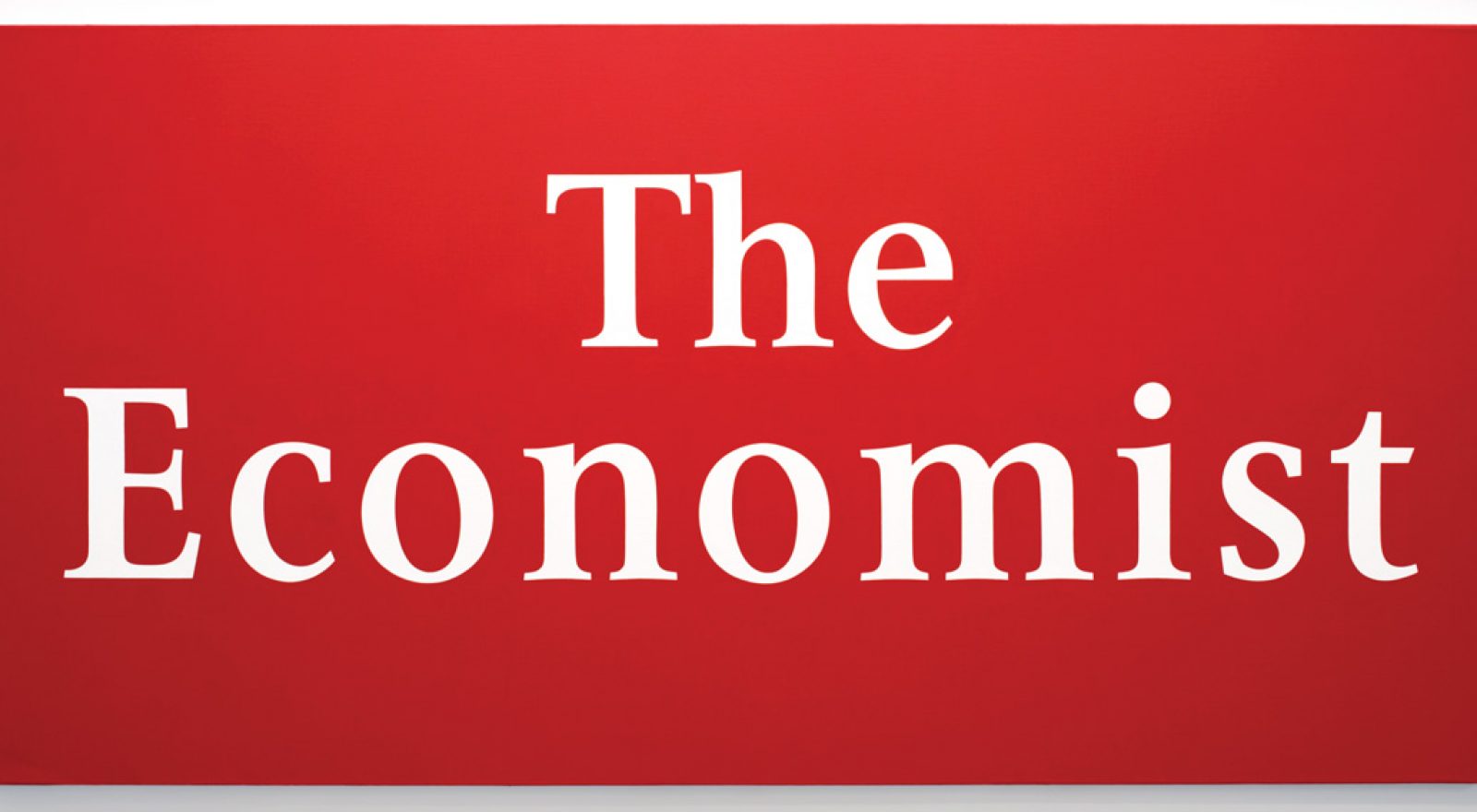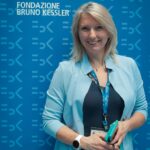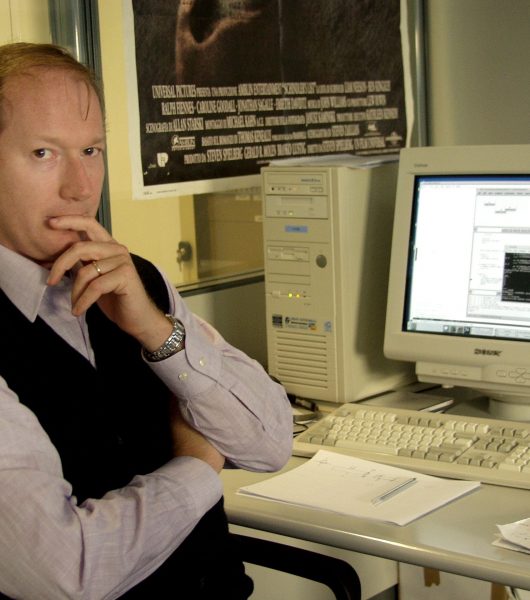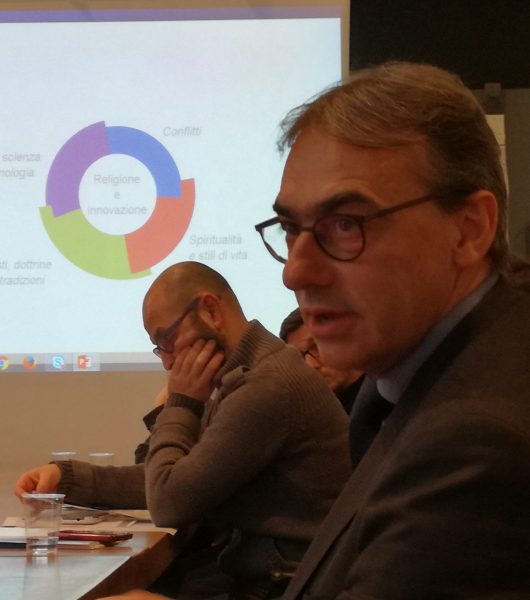FBK in “The Economist”
Technology of language and religions. Trento-based Fondazione Bruno Kessler mentioned twice this month in the worldwide reknown weekly magazine.
The first quotation concerns a rapidly progressing area, neural networks for machine translation. In the article titled “Finding a voice” (The Economist – January 7), reporter Lane Greene interviews researcher Marcello Federico, Head of the HLT (Human Language Technology – Machine Translation) Research Unit of FBK’s ICT Center, who provides an account on the state of the art of language technology.
The second quotation involves the director of our Center for Religious Studies, Marco Ventura. On the blog dedicated to religions, Ventura was questioned about the intervention of the European Court of Human Rights in Strasbourg on the Swiss case, in the canton of Basel, featured in the article “Swimming together, living together. The meaning of a European court verdict on Muslim girls and school swimming lessons” of January 13, which concerned the refusal by the parents of some Muslim female students to let them participate in mandatory school swimming lessons, during which they would have been in pool together their male classmates.
We further explore the themes of their interventions with our researchers.
******
MARCELLO FEDERICO (Head of the HLT Research Unit at FBK’s ICT Center)
Greene has devoted a section of the article “Finding a voice” to Machine Translation. “Mr. Greene” – Federico tells us – “has worked on the article for months, interviewing several scholars in the field. During the interview, he was very interested in understanding the operation of a new approach to machine translation, based on neural networks, which changed the current paradigm”.
And how can a neural network solve the problem of machine translation?
“While in the traditional approach” – Federico explains – “the translation is obtained by composing fragments of translations already seen at the training stage, a neural network generates translations from characteristics of the words to be translated that are automatically extracted from the texts.”
In his article, Mr. Greene speaks of the “Coca-Cola Factor”. Would you please elaborate on that?
“To use an analogy, it is as if the neural network learned the concept of Coca-Cola not using the recipe that combines the ingredients, but from its characteristics, such as color, liquidity, sweetness, characteristics that the network actually finds out about on its own”.
Could we call it an artificial intelligence of sorts?
“Yes, neural networks are now the most advanced artificial intelligence model, having redefined the state of the art in many of the issues that this discipline studies, such as image recognition, strategy games and, of course, automatic translation. ”
It is not an easy concept to understand.
“It is not easy to explain in words because” – admits Federico – “it is difficult to understand what the network represents inside itself. The neural network is a very elegant and mysterious object. If it has to translate the sentence “Tomorrow I will fly to Rome” into Italian, the network, through its nodes, calculates an internal representation (encoding) of the text first and then the latter, by means of other nodes, generates the Italian text “Domani volerò a Londra “(decoding). The network learns to encode and decode optimizing its parameters. We simply provide many examples of translation that the network uses to measure its degree of learning and to change its parameters every time it makes a mistake. To have an idea of the complexity of this task, it can take several days for a neural network using a computer with high parallelism to optimize its weights. ”
What is “the Network” for it?
The network is fairly simple and stylish, if you look at its basic parts, i.e. its nodes: each node transforms its input values into an output value by combining them with “weights” (or parameters) and applying elementary operations. The network becomes complex and mysterious if we see it in its entirety, made of tens of thousands of nodes connected to each other, and millions of parameters to be learned. We do not know exactly what the values associated with the parameters from the network represent, because the learning algorithm selects them so as to minimize network translation errors and not because they have a special meaning
What research are you conducting in your group?
“At this time, the machine translation team pursues two strands: a research one, on the latest technologies (neural translation), the other one on industrial applications of machine translation. Our ultimate goal is to develop statistical machine translation technologies for the industry, which has characteristics suitable to solve the problems of professional translators and translation agencies. Our research, in particular, seeks to overcome the limitations that still hinder the applicability of neural translation in many practical cases.
How long have you been working on this?
“We have been working on neural translation for about a year. We are virtually the only ones in Italy and in Europe. We cooperate with other research labs, thanks to the fact that this technology uses the sharing of open source software. Today there is a worldwide strong interest in all things linked to neural networks. The most recent conference on this topic, which was held in Barcelona last December, was attended by 4,500 participants. There is global excitement about this as everyone believes it is the future of artificial intelligence”.
What are the strengths of this technology?
“In a comparative analysis of neural translation and “sentence-based” translation from English to German, we found that the former is much better in ordering the words. Particularly in placing verbs, which in German can end up at the end of the sentence”.
What are the issues that need to be solved in this new research strand?
“The major difficulty is making the training faster. In general, neural translation is much more time-consuming in computational terms. Let me explain with a comparison: while a “sentence-based” statistical system needs only a few hours to be trained, a neural system takes several days even if using more powerful computers. We must try to reduce this gap, because the industry cannot afford this long processing time. Secondly, the translation industry works on so many different linguistic domains, such as automotive, pharmaceutical, or Information Technology. We would like to make neural networks more flexible, so that they can simultaneously work on multiple domains, which today they are not good at yet. ”
**********************************
MARCO VENTURA (Director of the Center for Religious Studies – FBK-ISR)
In the article “Swimming together, living together. The meaning of a European court verdict on Muslim girls and school swimming lessons” of January 13, The Economist deals with a case of a report – anything but isolated – which concerned the conflict between the parents of Muslim girls and the school that had sanctioned them for not having allowed their daughters to participate in swimming lessons. The Swiss authorities, in 2010, had been adamant and had sanctioned (with 1400 Swiss francs) the female students and their parents for having covered their refusal. The European Court of Human Rights in Strasbourg, in their ruling on January 10, 2017, determined that the Swiss authorities were right.
Mr Director, in your statement in the Economist, you stressed the importance and the balance of this decision.
“Issues related to religious symbols” – explains Marco Ventura – “are to our society, and in particular for Europe, increasingly sensitive, especially when they are symbols of Islam. Many times news reports record facts, which often end up before the courts. It is not the first time this case comes up, especially in northern Europe, particularly in Germany where the courts have already pronounced in a rulings similar to those in Switzerland and now in Europe. According to the judges, where some minimal religious requirements, such as the right to wear the burkini, are protected, further exceptions like exempting girls from swimming lessons cannot be excepted. However, these tensions are indicators of a deeper conflict, and of the arduous search for solutions, which all citizens, not only experts, should reflect on and contribute to. ”
Did the Court want to stress the importance, beyond the swimming course, of “knowing how to live together”?
“It ‘s very difficult to find a balance between the right to be different, and to all the differences, including religious ones, and “living together”- to use the expression that the Court has embraced, since it has become a point of reference, above all in the French-speaking world. “Swim together” becomes a kind of extension of the concept of living together. The balance between what is due to difference, and what is due to the need of living together is a fragile and delicate one, to be pursued each time. This judgment identifies a balance. But beyond court rulings, what matters is how civil society seeks and finds that balance in everyday life “- said Marco Ventura. (m.l.)



